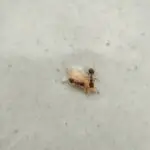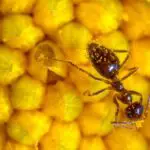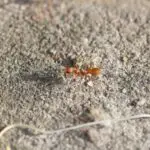Which Ants Have Stingers in Its Body?
Depending on the species, some ants can sting or bite. Some species are more aggressive, whereas other species are less aggressive. The primary reaction to a sting is pain and discomfort. However, some people develop allergic reactions to venom, and these reactions are life-threatening.
When ants sting, they inject venom into the skin. This venom causes pain and swelling. It also has cytotoxic and hemolytic properties. If you have an allergic reaction to venom, you can develop a pustule at the site of the sting. These pustules can linger for a few weeks. You can treat mild sting reactions with soap and water, bandage, and antihistamines.
Some people may experience a severe allergic reaction to venom, including hives, sneezing, difficulty breathing, and a rapid drop in blood pressure. The symptoms of anaphylaxis may occur within minutes of being stung by an ant. If you suspect you have an allergic reaction, seek medical attention immediately.
Fire ants are the most common ant species to sting humans. They are aggressive and aggressively defend their mounds. Their venom is 95% water-insoluble alkaloid. The venom is injected in a circular pattern, and the ant stings repeatedly.
Harvester ants are a less aggressive species. They can sting humans and small animals. They also collect seeds and are generalists. They have a sting that is described as a power drill.
Another type of ant is the cow killer. It is a beautiful insect that is wingless and has a potent sting. The venom is also very potent.








